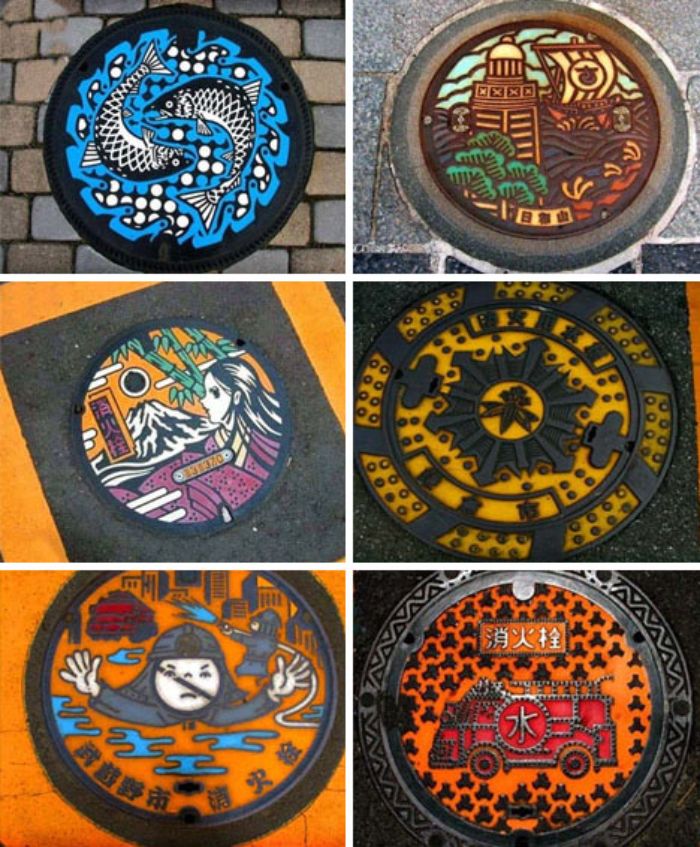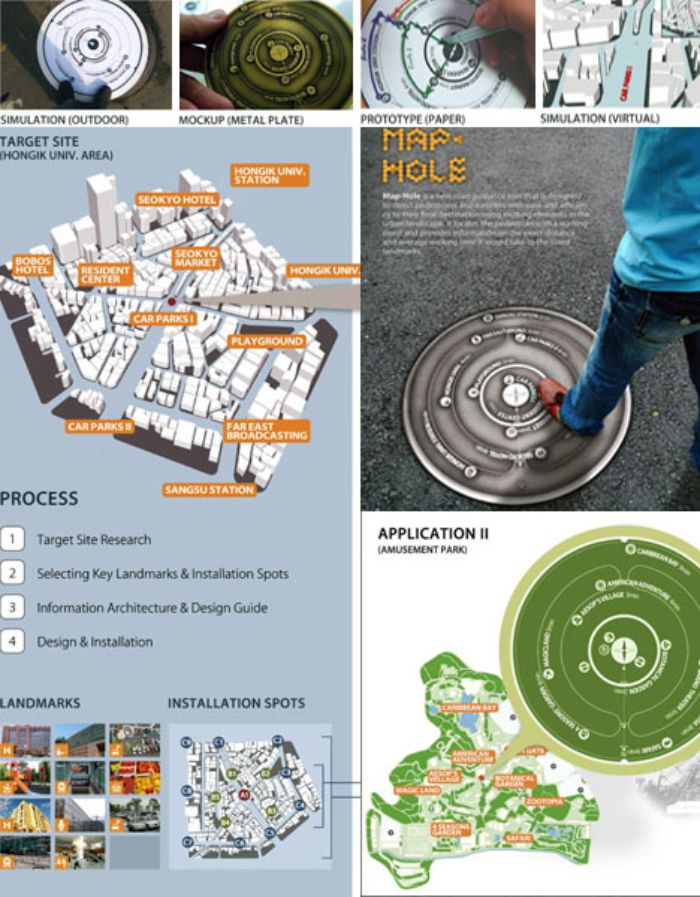3 Innovative Alternatives to Conventional Manhole Covers

They are everywhere – on every street in every major city, manholes dot the urban landscape. While these ubiquitous objects are essentially functional, some artists have found creative ways to add to their aesthetic and, more recently, certain designers have come up with creative ways to add new uses and even generate passive eco-friendly power from their necessary presence. These manhole covers are some of the most creative you’ll see anywhere in the world.

These Japanese examples show that, at the very least, manholes can be the subject of better design and even colorful street artwork – as long as the working elements are in place.
Via Japan Visitor: “Japanese manhole covers come in a variety of designs depending on locality, utility type and the manufacturer of the manhole cover. They have caught the imagination of a growing number of self-styled ‘drainspotters’ from around the world. Japan’s manhole covers often include a symbol specific to an area or town as part of their design. In Kyoto, a turtle (a symbol of wisdom and longevity) is the main motif; in addition local landmarks, people, festivals or flora and fauna can all be incorporated into these underfoot works of art. Trees are the most common design, followed by landscapes and flowers.”

The Map Hole concept is compelling in part due to its completeness. It takes advantage of the naturally-necessary distribution of manholes throughout a cityscape and makes them the basis for a mapping system. Moreover, the designer also proposes possible applications for amusement parks as well as the option of having ‘sponsored listings’ for local businesses that would, in turn, yield revenue for further urban design improvements.

“Map-Hole is a new road guidance tool designed to direct pedestrians and travelers to their final destination using existing elements in the urban landscape,” says designer Jiae Kwon. “It locates the pedestrian with a starting point and provides information on the exact distance or average walk time to the listed landmarks.”
Though similar, this rainwater-powered guidance system takes things a step further (so to speak) – a foot-activated display features information for the lost traveler at the push of a button, all sourced by hydroelectric-energy generated naturally via the flow of water through the streets.




